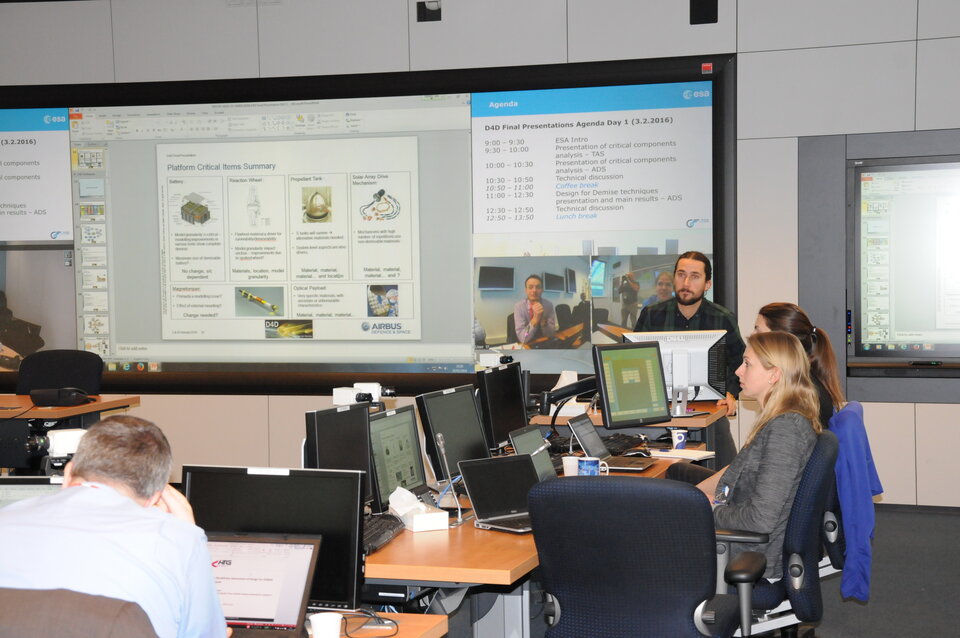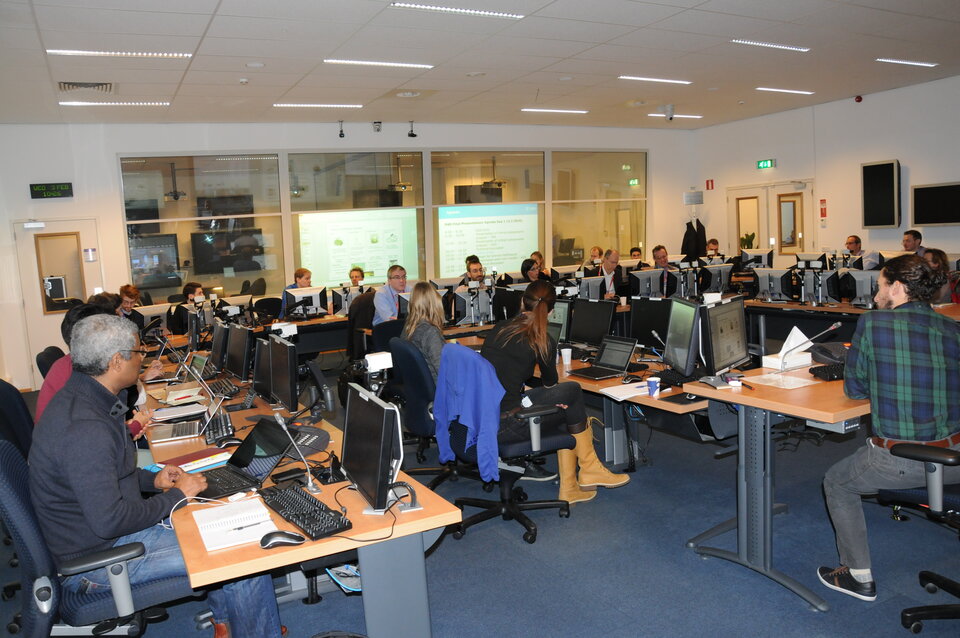Design For Demise – A First Look
Design for Demise (D4D) is a hot topic at the moment as satellite manufacturers try to comply to the recently imposed Space Debris Mitigation requirements. These requirements state that there must be a less than 1 in 10,000 chance of someone being hit by falling space debris. Something needs to be done! Space Systems manufacturers, with guidance from the ESA Clean Space Initiative, have been looking at design alternatives that would cause the satellite to “disintegrate” (demise) during the reentry in atmosphere.
This "Demise"option presents advantages with respect to other more conventional solutions. For instance, the option of a controlled deorbit into a safe ocean splash down could cost as much as 4 or 5 times the propellant needed on board with the consequent increase in satellite size, mass and cost, potentially even requiring a larger launcher!

The Clean Space Initiative asked industry to assess all D4D techniques and see what effects they had on all the different disciplines associated with spacecraft design (Structure, Propulsion, Power, Orbit Control, etc.). The results of these studies were presented in two day long sessions in the ESTEC Concurrent Design Facility (CDF). The sessions were attended both by European industry and representatives from across ESA directorates and the discussions were both open and interactive with the free flow of suggestions and data between all parties.
The studies had identified critical elements in satellite design such as titanium propellant tanks, reaction wheels, optical payloads, and balance masses and information on the main factors influencing the survivability of each item was provided. These range from the material and mass of the unit, via its geometry or wall thickness to the heat exposure and potential shielding effects induced by other elements of the spacecraft.

D4D approach proposes different solutions ranging from changing the material components are made of, to relocating components to places where they receive more heating effect earlier in the reentry and even triggering a partial break-up of the satellite structure during reentry to aid demise. All of the identified D4D techniques were evaluated regarding their system level impact and software tools were used to assess the effectiveness in terms of demisability.
Finally, the individual D4D techniques as well as combinations of such were applied to reference space missions, (Sentinel 1 and Sentinel 2) in order to see the results at system level. The topic is highly complex: different spacecraft produce very different results. Nonetheless, valuable guidelines for future projects were identified and open issues requiring further investigations were highlighted.
The results showed that design for demise techniques can provide real improvements, but that further work on both the demisable elements and improvement on the reentry tools is a necessary next step to reaching the goal. Further investigation is ongoing in the frame of the collaboration and synergy between ESA Clean Space Inititiative and the Concurrent Design Facility.


